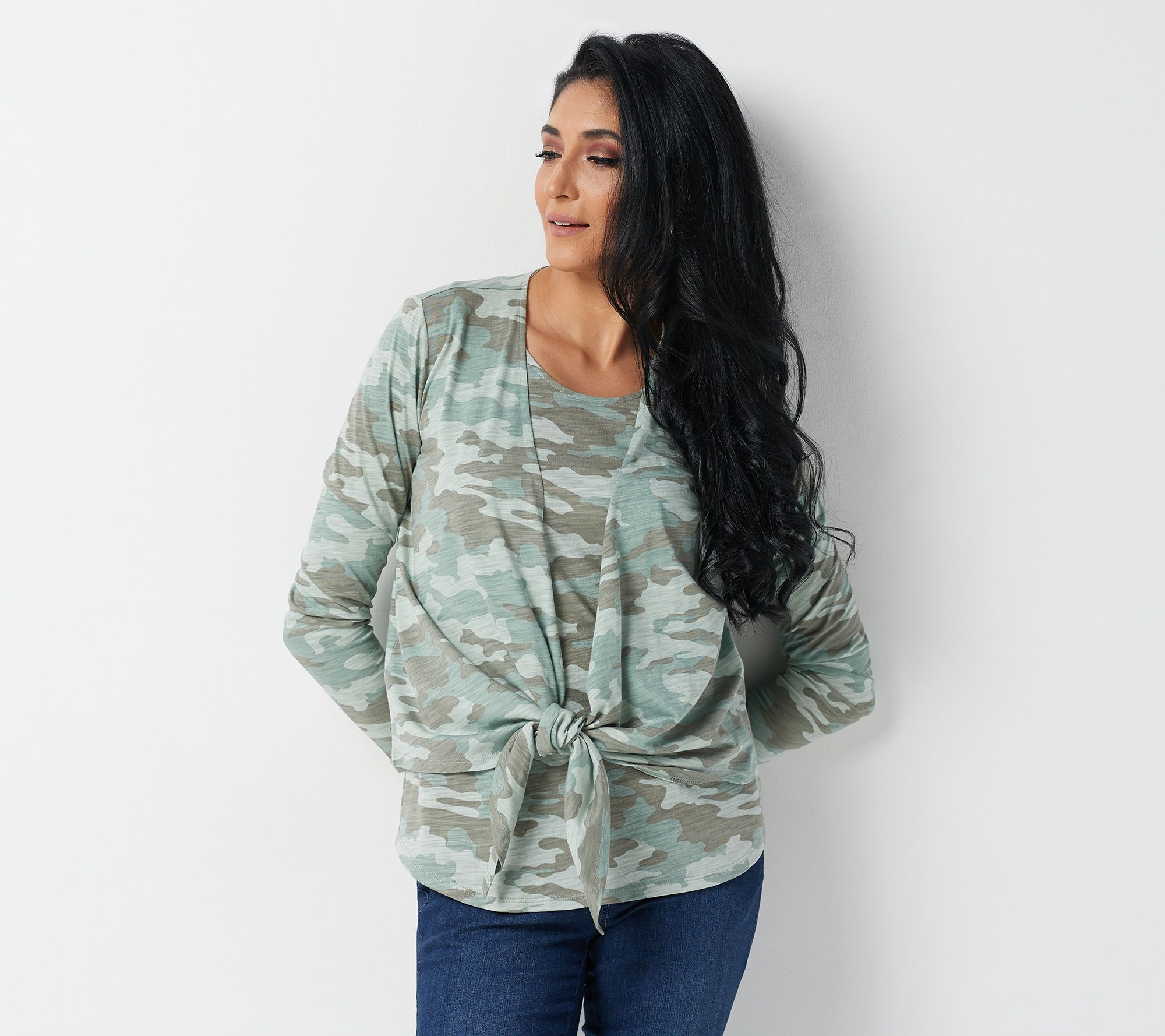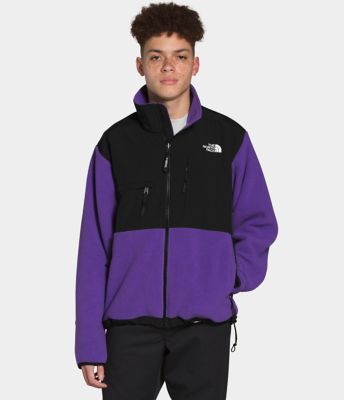Fulmarus Quilted Down Puffer Coat with Removable Genuine Fox Fur Trim – MONCLER
Chevron quilting streamlines the fit of a mid-length puffer coat made more flattering with oversized zip pockets that angle toward the waist.
Chevron quilting streamlines the fit of a mid-length puffer coat made more flattering with oversized zip pockets that angle toward the waist. Water-resistant lacquered nylon, lofty down fill and detachable Finnish fox-fur trim provide luxurious warmth.
- 36″ length (size 3)
- Two-way front-zip closure
- Fixed hood
- Front zip pockets
- Lined, with down fill
- 100% polyamide with removable genuine fox-fur (Finland) trim
- Machine wash, dry flat
- Imported
- Collectors
- Item #5854025
Additional information
| SIZE INFO | Runs small; order one size up. |
|---|






by Kay
So freakin cute!!! The Fur on this coat is everything .. Definitely keeps me warm!!
by Beak
I have had this coat for 2 seasons now and still love it. Lightweight, but is my go to coat when it is really cold. Super lightweight and fitted – love that. The fur trim is beautiful, and the blue color really sets it apart.
by Mavis
My whole mood changes when i put it on!
by Frankie
I purchased this coat after seeing someone trying it in the store. The fit is so flattering. It is incredibly warm for the cold Chicago weather, and I love that it zips high up so that I don’t need to wear a scarf, and the fur keeps you really warm. The hoodie is very deep so I feel very protected from the elements (and we have had a pretty snowy bad winter this year). The angled-pattern stitches on the down are very slimming, and the oversized zippers are sturdy and elegant. I can also easily zip up the pockets to keep my car keys safe. I purchased the coat in navy, which is much darker than it looks online. It is also not too shiny, which I like better. I got the size 2, which fits me perfectly (5’2”, 117 lbs). The sleeves length is just right. I have received so many compliments. It was a splurge but I know I will keep it for many years.